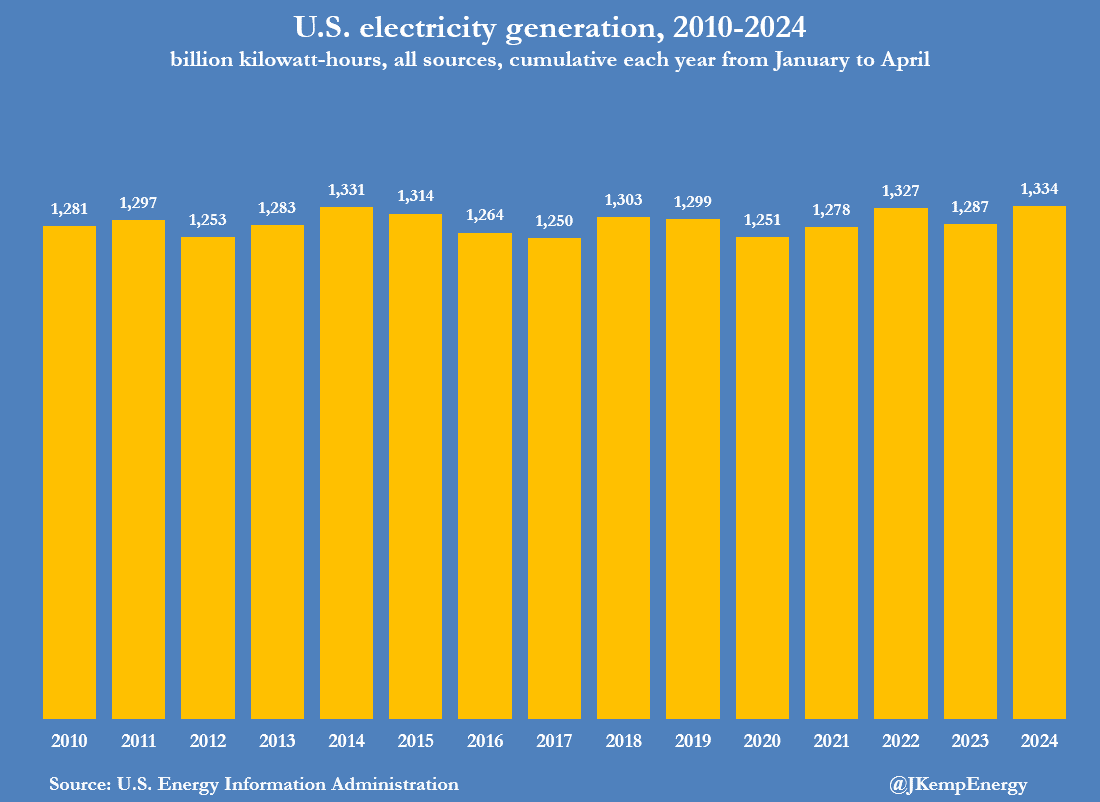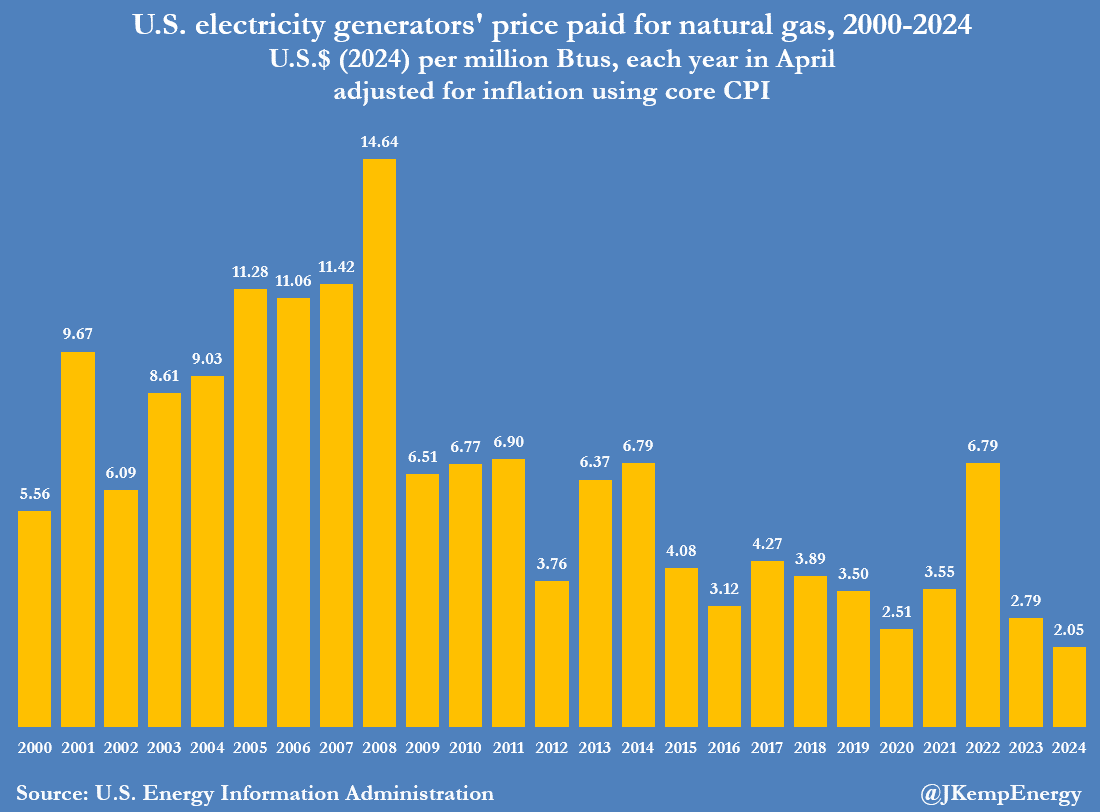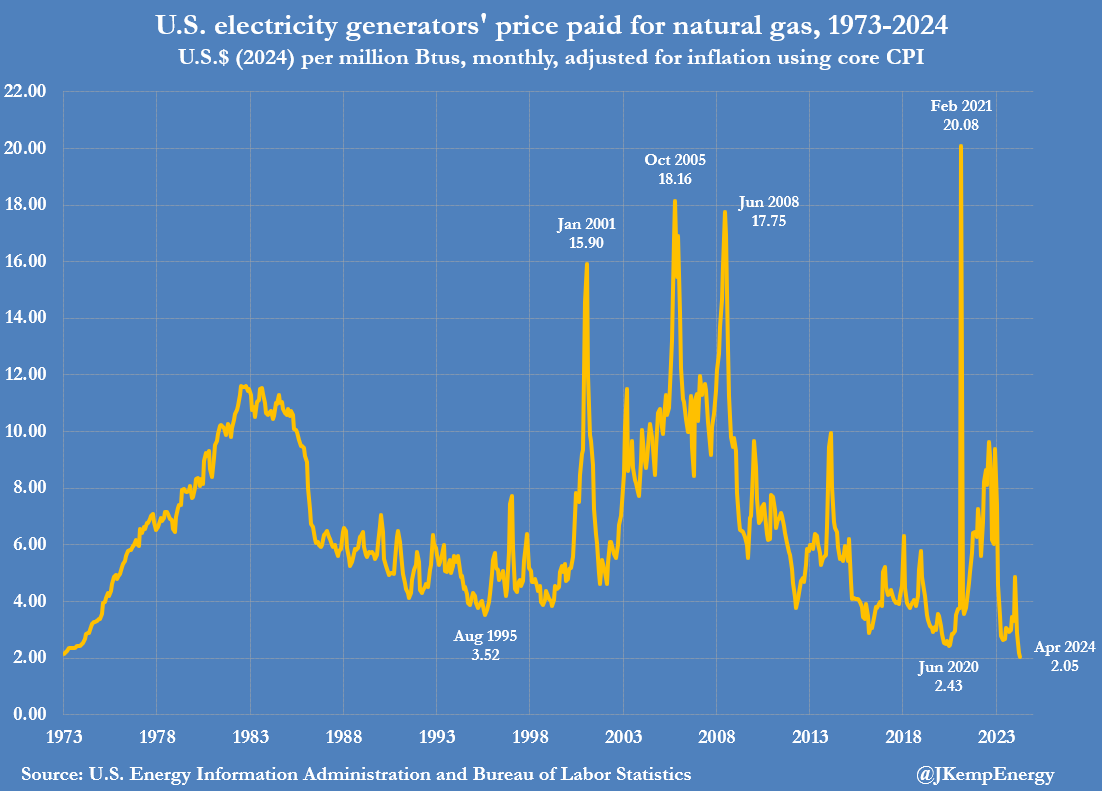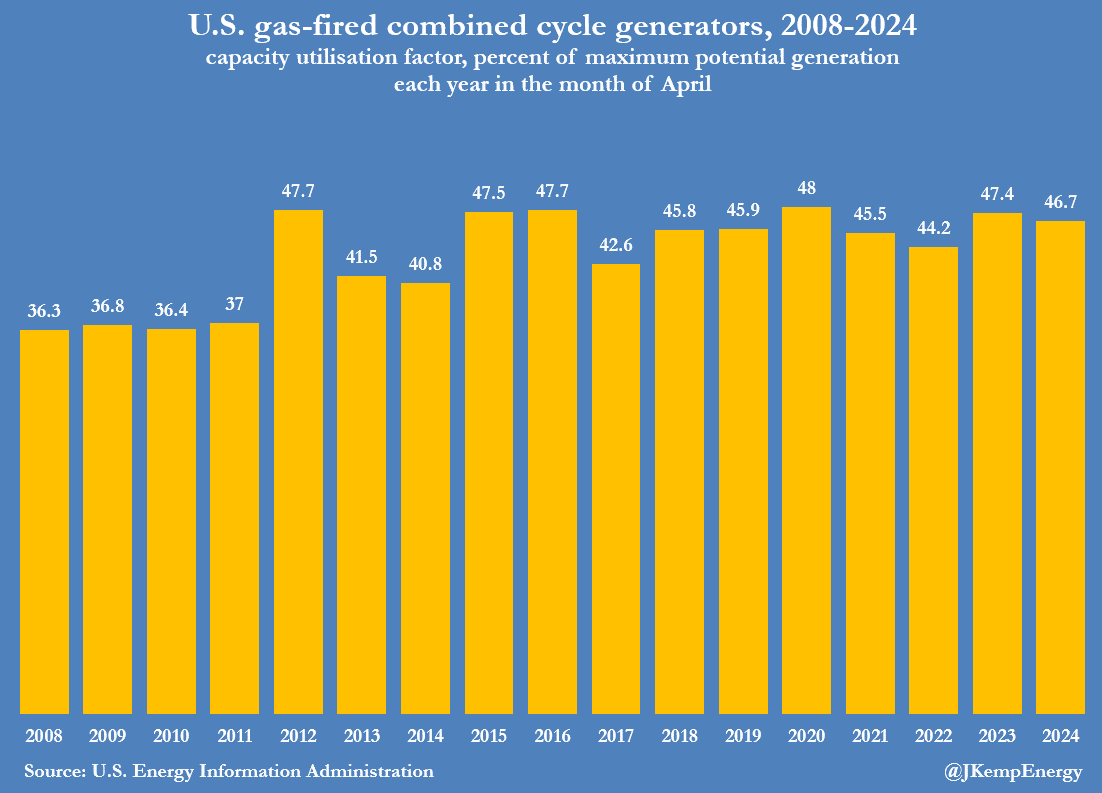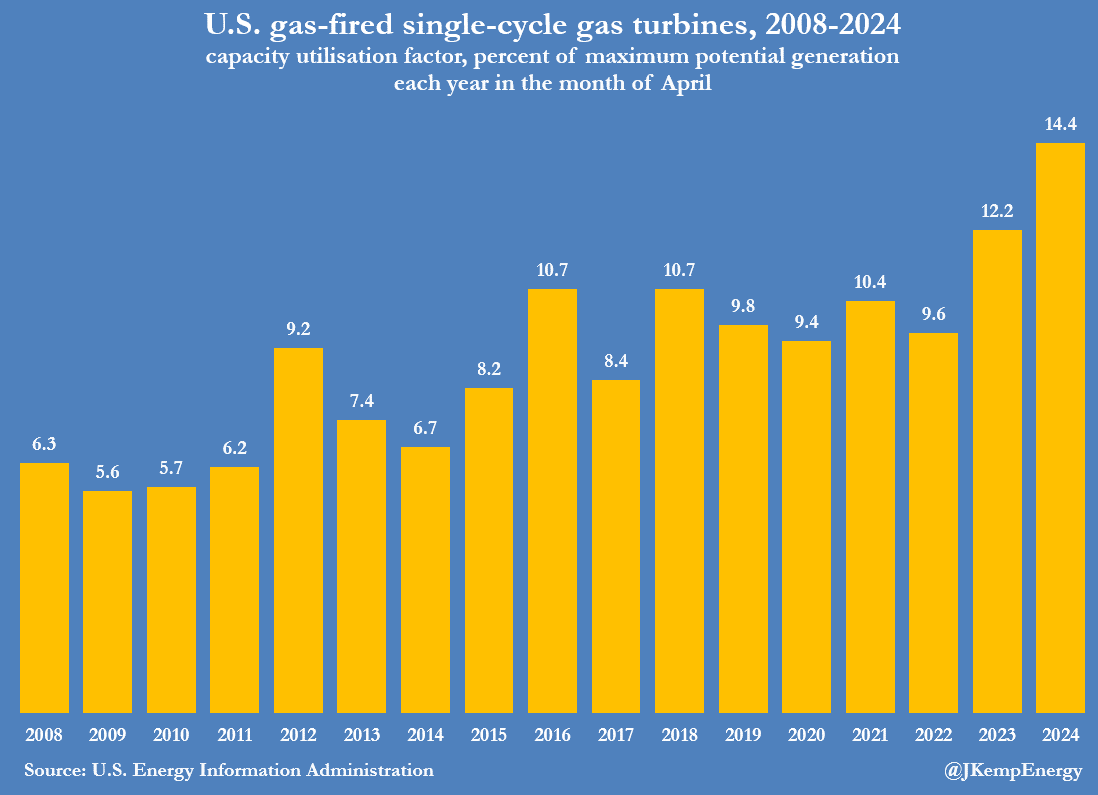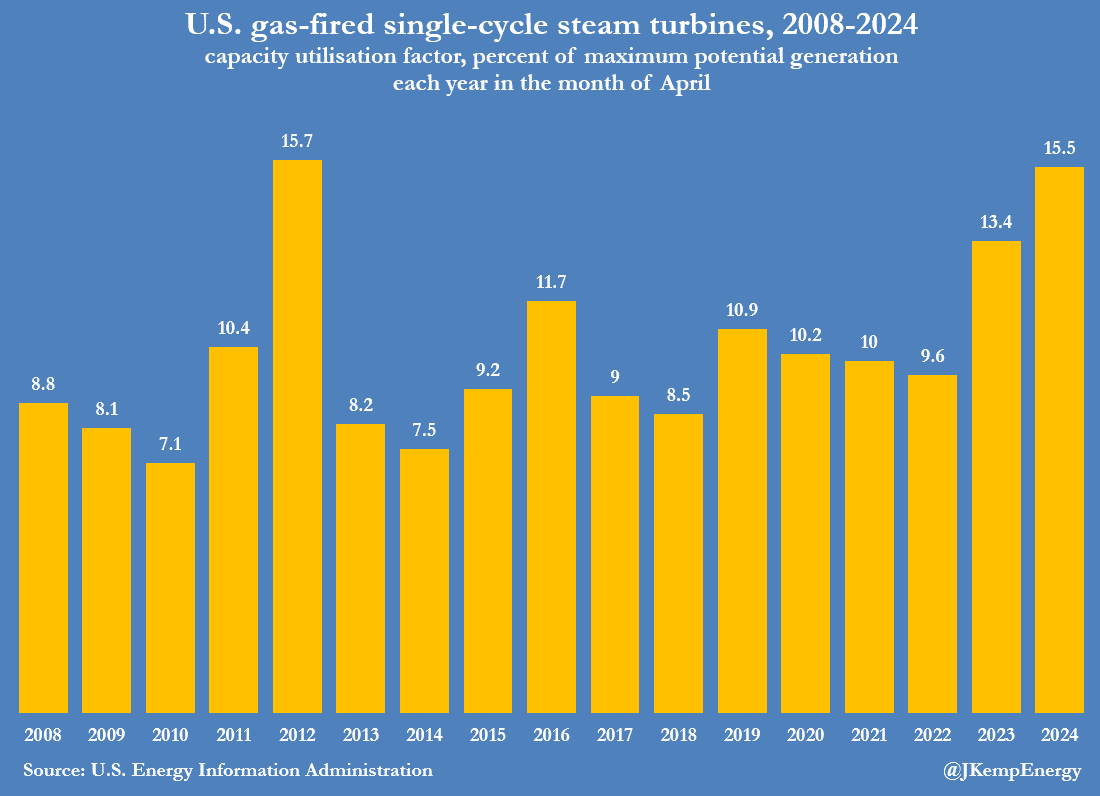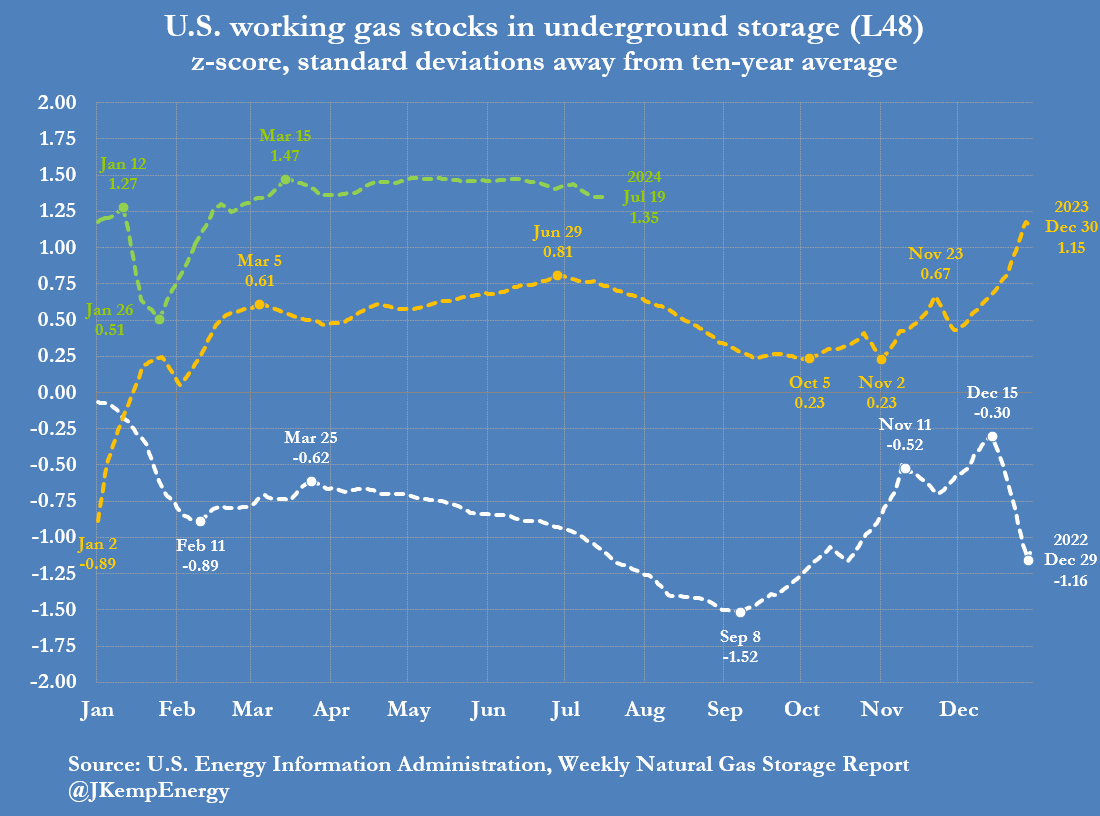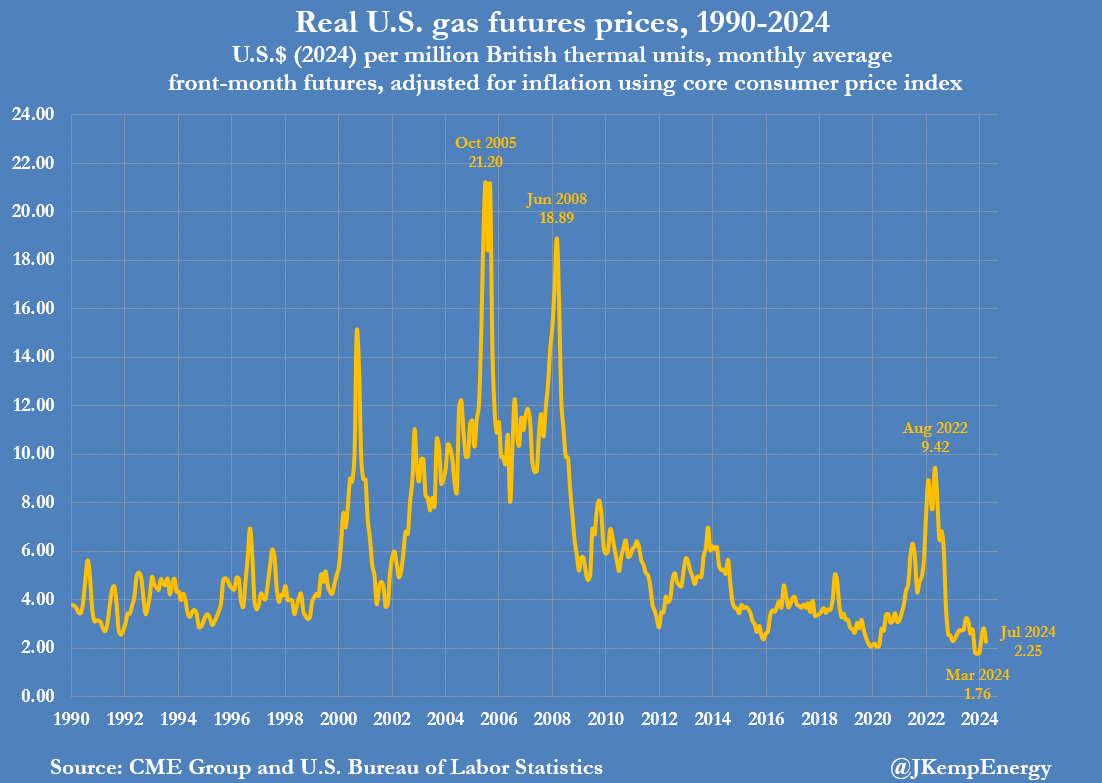This story is the first in a series called "Ozempic: Weighing the Risks and Benefits." It was produced in part through a grant from the NIHCM Foundation
opens in a new tab or window.
When the final results of the SELECT trialopens in a new tab or window were reported last fall, investigators touted a 20% reduced riskopens in a new tab or window of a major cardiovascular event with semaglutide (Wegovy) compared with placebo -- a figure that sounds impressive on the face of it.
But since then, experts have pointed out that the absolute benefit -- a 1.5 percentage-point difference between the two groups of patients who were overweight and had preexisting cardiovascular disease -- is much smaller.
Indeed, 6.5% of people taking the glucagon-like peptide-1 (GLP-1) receptor agonist had a major cardiovascular event, as did 8% of those on placebo.
While that's a significant difference, it's a small one, several experts told MedPage Today.
"That sounds very impressive, 20%, but it's misleading," said Diana Zuckerman, PhD, president of the National Center for Health Research in Washington, D.C. "I mean, it's still good. But as an individual person making a decision about how much money they're willing to spend for this drug, and all the side effects, whether it's nausea or vomiting or diarrhea ... it just may not be worth it to them."
David Phizackerley, BSc, MRPharmS, deputy editor of The BMJ's Drug & Therapeutics Bulletin, penned an editorialopens in a new tab or window on the absolute cardiovascular benefits in the SELECT trial, noting that the 1.5% absolute risk reduction means that 67 people would need to take the drug for 34 months -- the length of the study -- to prevent just one primary endpoint event (heart attack, stroke, or cardiovascular death). The other 66 people would not see any cardiovascular benefit at all.
"If it was over a year, you'd have to treat three times as many people" to have one person benefit, Phizackerley added.
On top of that, Phizackerley pointed out that only one of the three components of the composite endpoint was significant.
There was a significant benefit for non-fatal myocardial infarction (HR 0.72, 95% CI 0.61-0.85), but "even that was quite small" at a 1% absolute risk reduction (2.7% for semaglutide vs 3.7% for placebo), he said.
"You do the math on that, and it's a number needed to treat of 100, so you'd have to treat 100 people to prevent one event," Phizackerley told MedPage Today. "Say you're sitting with a patient who wants a realistic explanation of what this drug might do for them. If I said, 'We have a room of 100 people, and if I give it to all 100, one of you will walk out with a benefit. The other 99 won't.' That's redressing the balance."
The other two parts of the composite endpoint were death from cardiovascular causes (2.5% vs 3%) and non-fatal stroke (1.7% vs 1.9%), neither of which was significant (HR 0.85, 95% CI 0.71-1.01, P=0.07; and HR 0.93, 95% CI 0.74-1.15).
Michael Lincoff, MD, of the Cleveland Clinic, the lead author on the SELECT study, disagreed with Phizackerley's and Zuckerman's interpretations of the trial results, arguing that a 20% relative risk reduction is "a big deal in cardiovascular medicine."
"We consider a successful trial a 15% reduction, some are 20% or 25%," Lincoff told MedPage Today. "That's a significant reduction in terms of being clinically relevant."
As for the non-significant components of the composite endpoint, Lincoff said trialists "never expect components to be significant unless we do a trial powered for that. We powered the trial for the composite endpoint."
The fact that there was no effect on non-fatal stroke was interesting, Lincoff said, because "other trials of GLP-1s in patients with [type 2] diabetes actually showed very big effects on stroke," including the SUSTAIN-6 trialopens in a new tab or window of semaglutide in type 2 diabetes (HR 0.61, 95% CI 0.38-0.99, P=0.04).
"Whether or not that's real, or just a play of chance in these patients, we don't know," he said about the SELECT findings, adding that there was a "strong trend" in the reduction in cardiovascular death and in overall mortality, "so all things were moving in approximately the same direction."
Less is known about cardiovascular outcomes for tirzepatide as a weight-loss agent (Zepbound), which has a slightly different mechanism of action from semaglutide, as it's a combined GLP-1 and glucose-dependent insulinotropic polypeptide (GIP) agonist.
While a cardiovascular outcomes studyopens in a new tab or window for tirzepatide is ongoing, a pre-specified cardiovascular meta-analysisopens in a new tab or window of seven randomized controlled trials from the SURPASS program focused on patients with type 2 diabetes found a lower risk of a primary composite cardiovascular endpoint (cardiovascular death, myocardial infarction, stroke, and hospitalized unstable angina), but it wasn't significant.
Despite questions about the true benefit of GLP-1 agonists in cardiovascular disease, Medicare will now payopens in a new tab or window for semaglutide in adults with cardiovascular disease and either obesity or overweight, an indication the FDA approved in Marchopens in a new tab or window. (The federal insurer is still not allowed to cover weight loss drugs for shedding pounds, but that could change in part if Congress passes the Treat and Reduce Obesity Actopens in a new tab or window.)
At a cost of more than $1,000 per month, some question whether the potential cardiovascular benefit is worth it -- not just because of the small absolute risk reduction in the SELECT trial, but also because patients don't stay on the drug, for both tolerance and cost reasons, Zuckerman said.
In that trial, people in the semaglutide group were twice as likely to drop out as those in the placebo group (about 17% vs 8%).
"Everyone picked up on the 20% relative reduction [in cardiovascular risk], but no one picked up on the 100% increase in the dropout rate," Phizackerley told MedPage Today. "If you were on the drug, you were twice as likely, if I'm going to use a relative risk, to stop taking the drug and drop out of the trial."
In this case, the number needed to harm would be 12, Phizackerley added. "For every 12 people treated, one would drop out," he said. "It was part of the story that was missed."
Zuckerman said other researchopens in a new tab or window has shown that about 44% of people stopped taking semaglutide within 6 months, and 60% had dropped it by the end of a year. While that study is a retrospective claims analysis, it may better reflect real-world use than a clinical trial, she said.
"Talking about these [drugs] as a way to make people healthier, therefore, Medicare and Medicaid should pay for it, is very misleading, because the vast majority of people don't take it long enough to benefit," Zuckerman said. "If you've got millions of people trying it for a few months, that's an enormous amount of money with zero benefit."
Lincoff acknowledged that the costs of treating patients with cardiovascular disease and obesity "can appear staggering," even if patients only stay on the drug for 4 or 6 months.
"We're having this discussion because these drugs are so expensive," he said, noting that people frequently abandon other cardiovascular drugs, like statins, but that's less controversial because they cost far less.
"We know that the natural evolution of this is that more drugs will come on the market and prices will change," Lincoff added. "But that doesn't change the fact that we have to grapple with it now."
Indeed, rates of overweight and obesity are "exploding around the world, despite 20 or 30 years or more of people trying to address the root causes," Lincoff said. "The traditional approaches of diet, exercise, counseling, whatever we've been doing, aren't working."
"I think we all worry about medicalizing a large proportion of the world's population," Lincoff said. "But the reality is that overweight and obesity are associated with increased risk -- not just cardiovascular risk, but a variety of other metabolic and orthopedic [conditions] and cancer. ... No one would suggest [semaglutide] takes the place of public health efforts to help control the explosion. But as it stands now, we don't have other good therapies."
https://www.medpagetoday.com/special-reports/exclusives/111335

